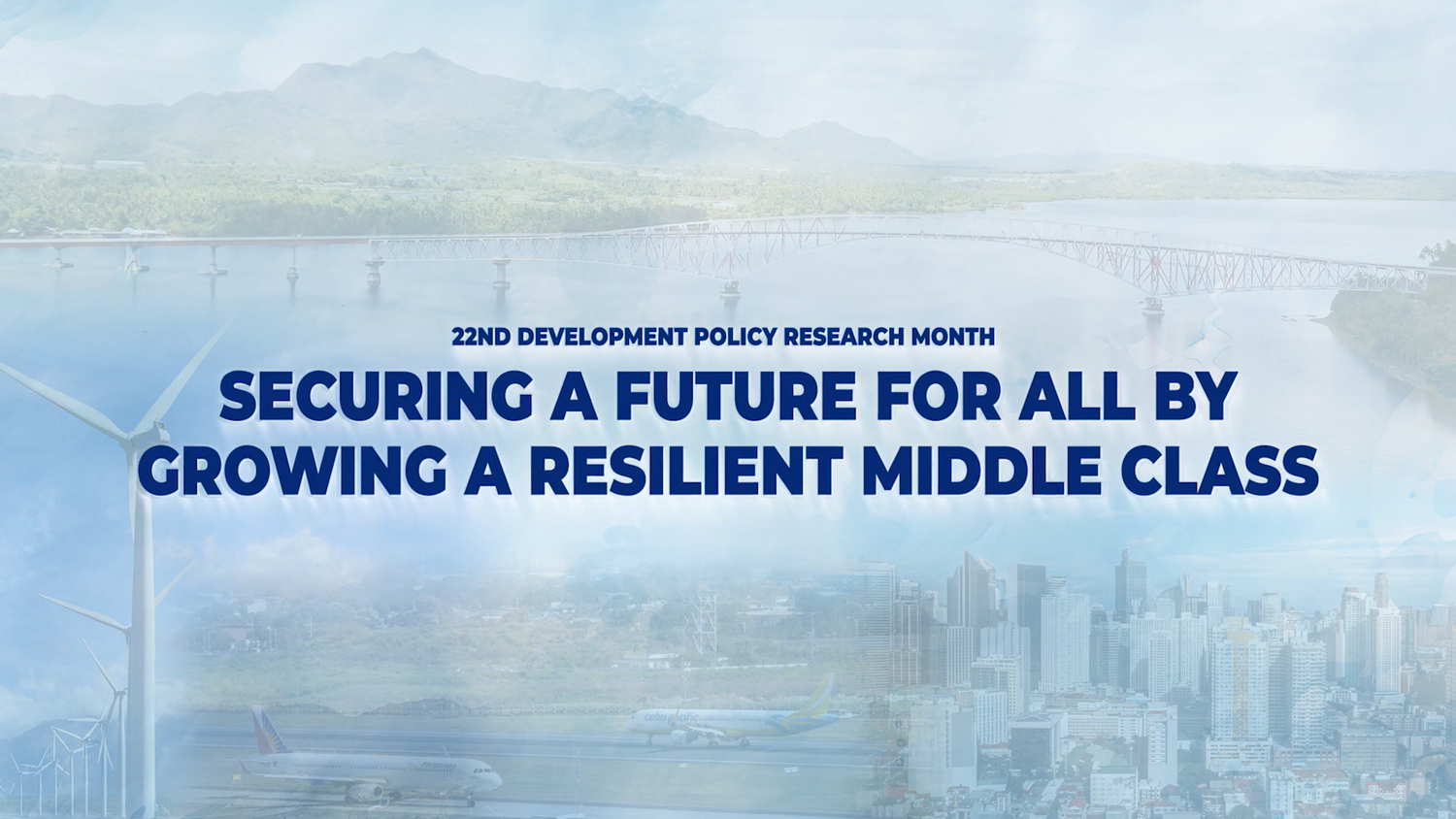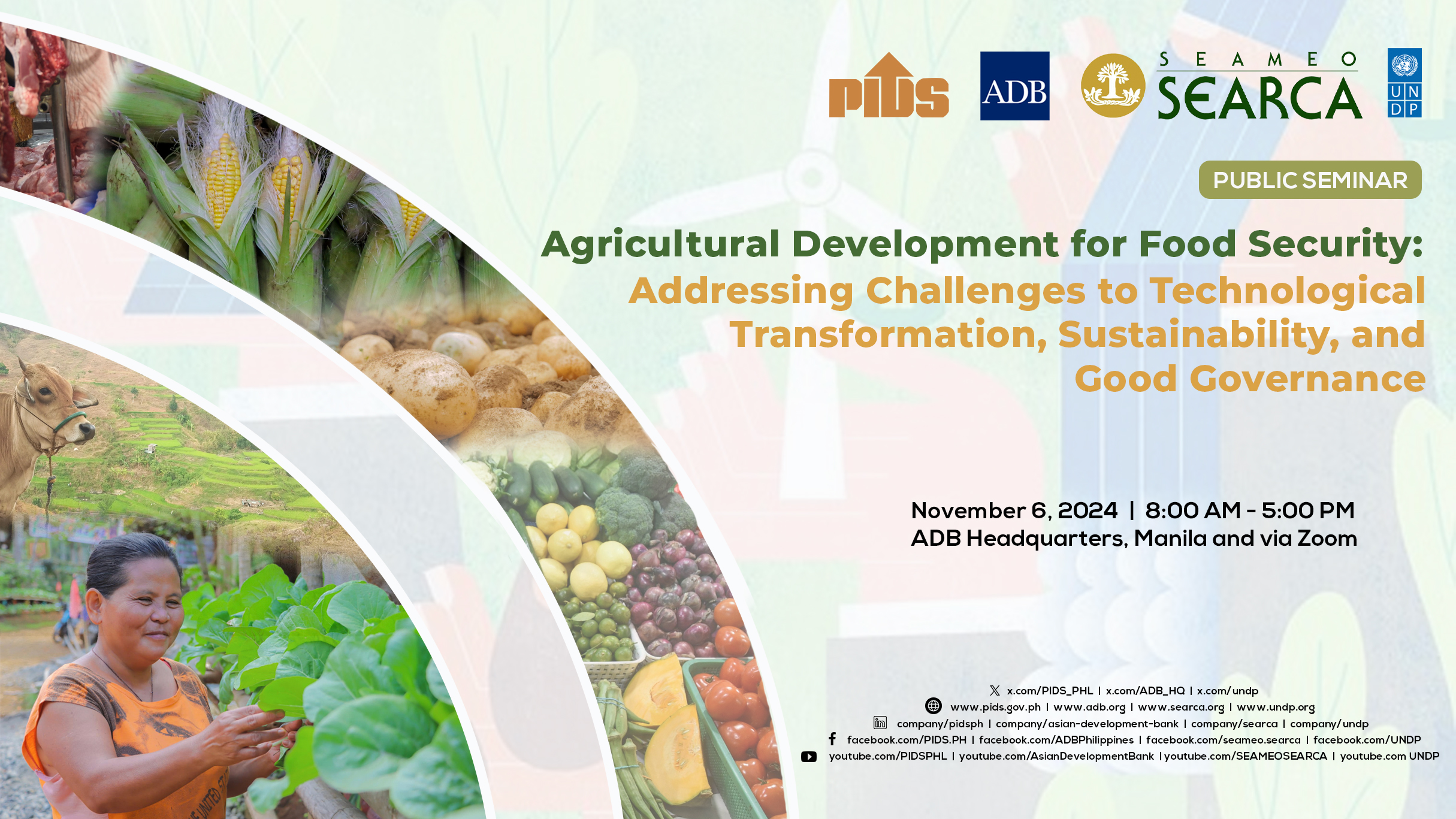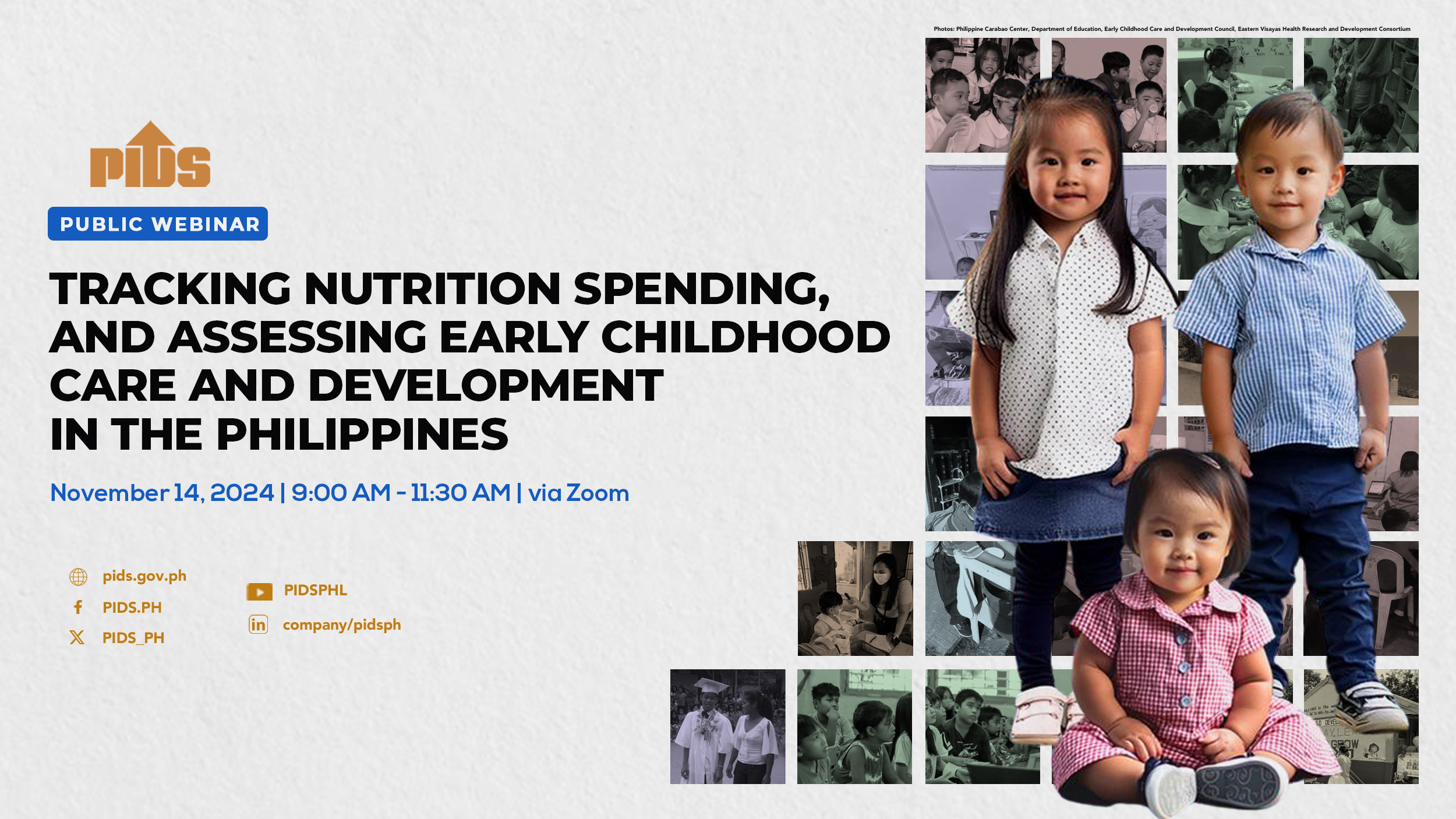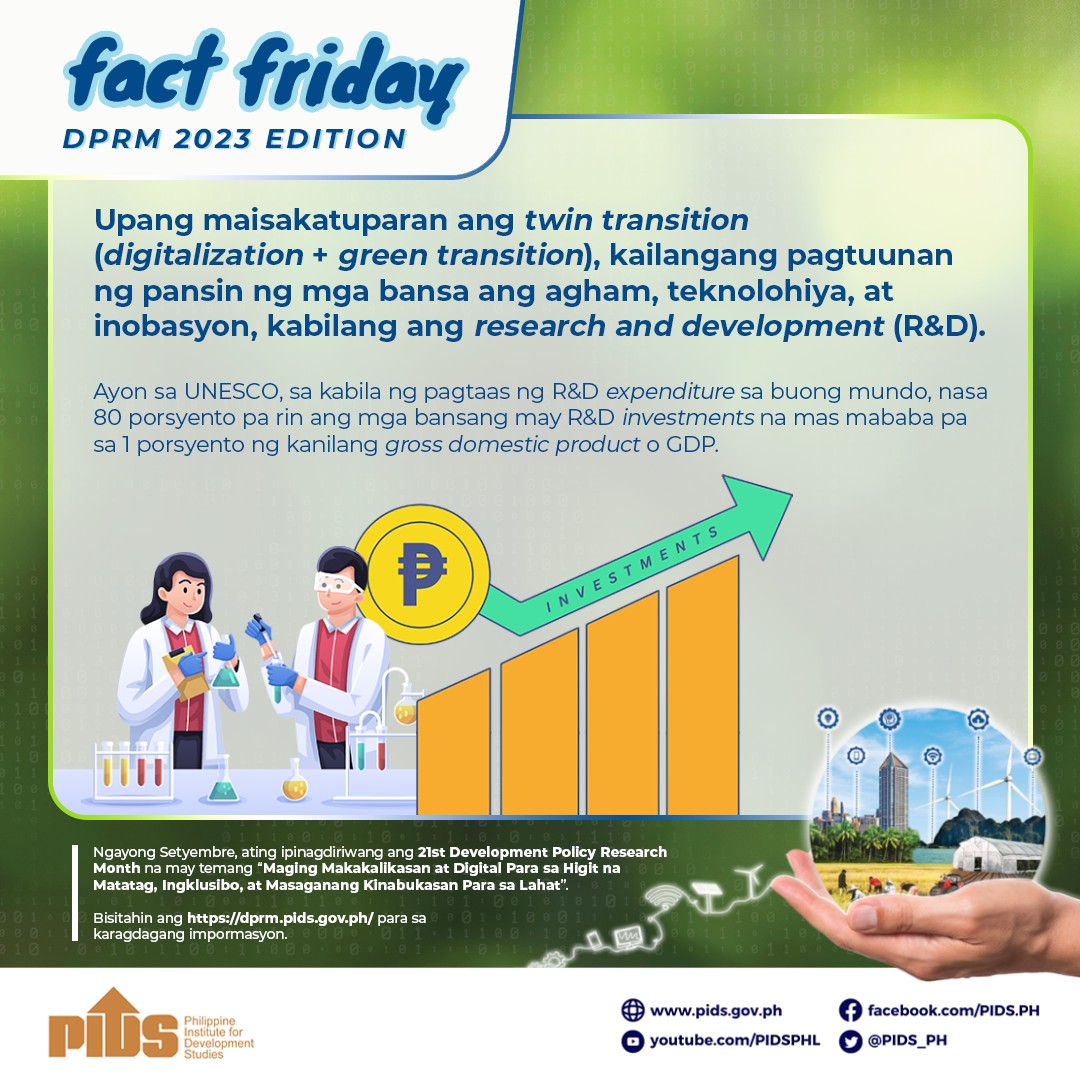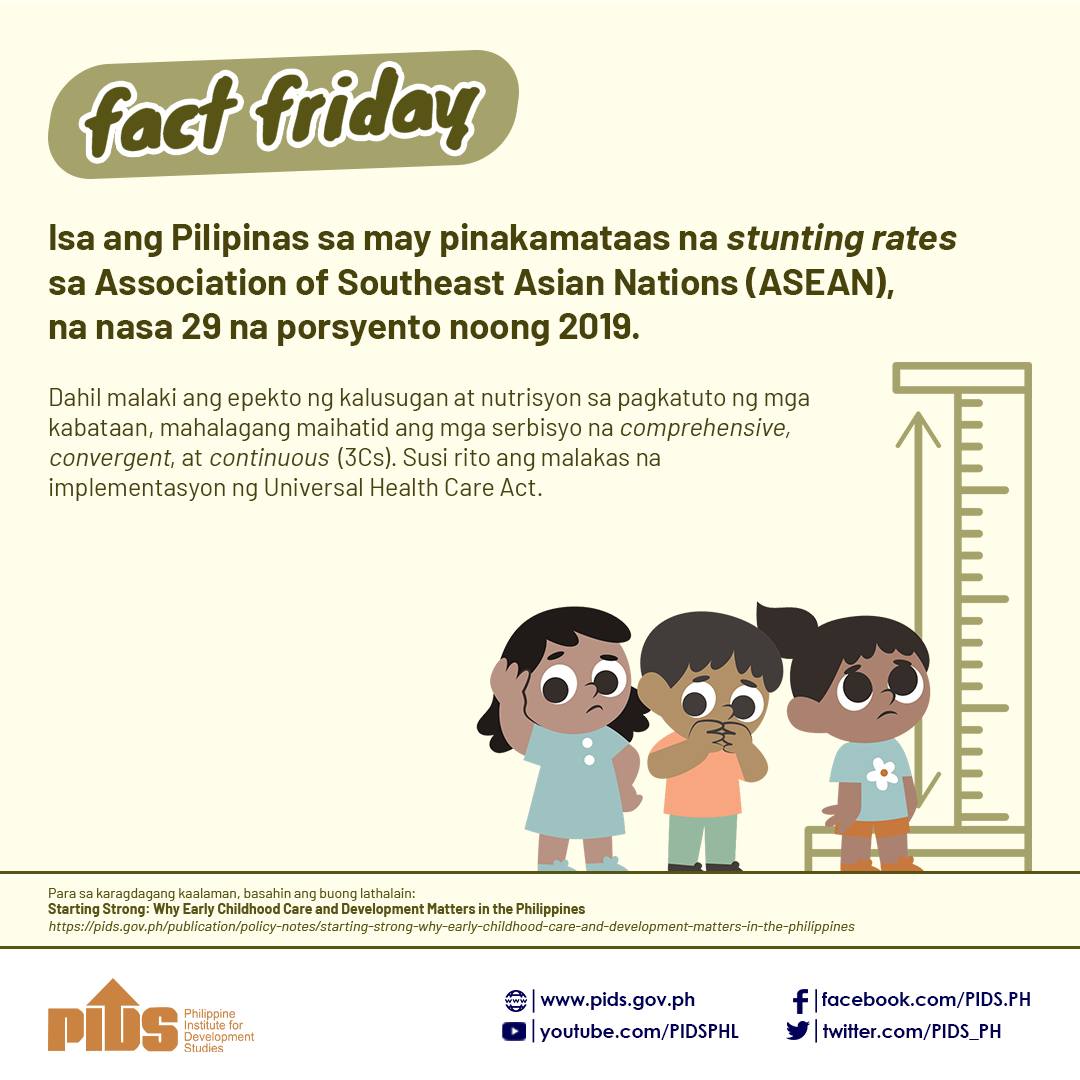Conclusion
LESSONS learned from the country’s progress in meeting the Millennium Development Goals (MDGs) are now fueling efforts to meet the Sustainable Development Goals (SDGs).
The 17 SDGs are expected to have 169 targets and more than 300 indicators. This is a herculean task for many countries, including the Philippines, whose efforts fell short in meeting the MDGs.
Better statistics
National Economic and Development Authority (Neda) Assistant Director General Rosemarie G. Edillon said the country could have done better in achieving the MDGs. However, Edillon believes that the lessons learned by the country can be applied in meeting the SDGs by 2030.
For one, Edillon said the Philippines learned that it must be able to set annual targets in terms of achieving SDG targets and indicators. Edillon added that the government realized that using the MDG targets as end-of-plan targets did not help create a sense of urgency in terms of meeting the goals. She said the government must set periodic targets in terms of meeting specific SDG indicators. This will enable the government to implement measures that will make it easier and faster to meet the targets.
"Dati it was just an end of plan target, so wala ’yung sense of urgency. [We think] we can [always] catch up later. But we realized, especially with respect to social outcomes, cumulative eh. Kapag nagkaron ka ng setback ngayon, talagang setback ’yun, mahirap balikan, so there really has to be a progression year after year after year,” Edillon said.
Apart from timeliness, Philippine Institute for Development Studies (Pids) senior research fellow Celia Reyes said there needs to be better statistics to track poverty. In 2012 Reyes and her colleagues released a study, titled "Dynamics of Poverty in the Philippines: Distinguishing the Chronic from the Transient Poor.” The study found that poverty in the Philippines is not one-dimensional.
The study showed that poor Filipinos can either be "transient poor” or "chronic poor.” Transient poor are those that move in and out of poverty depending on their circumstance or shocks, like the 2008 rice- price crisis, while the chronic poor are those that have consistently been poor for a long period of time.
As such, lifting them from poverty will require different kinds of interventions. Lifting the transient poor from poverty will require safety net, such as emergency employment programs and disaster-related safety nets.
But lifting the chronic poor from poverty will require addressing structural issues in the economy. These structural issues can be addressed through structural reform.
Structural reform requires changing government policies and regulations to improve the business environment, increase investment in human capital development and similar reforms.
"This calls for better information on poverty, which means we should be able to differentiate [in terms of what we call] chronic and transient poverty so that, if we have that kind of information, then I think we can say more confidently what’s happening to the poverty situation and be able to respond more appropriately,” Reyes said.
Improving data availability and timeliness will help the government target interventions to those who need it the most. It will also help prevent leakages, issues with resource constraints, and other problems with beneficiaries. Apart from these, National Statistician Lisa Grace Bersales said the Philippine Statistics Authority (PSA) is open to using Big Data to help monitor the SDG targets and indicators.
Big data, Bersales earlier explained, does not only mean those on social-media sites like what is now being used in Africa, but also administrative data from public and private institutions.
The country’s national statistician said before Big Data can be used, the PSA must set the standards on data sampling, which is crucial in computing for index weights needed in statistical computations.
If the sampling design fails, Bersales said data obtained from private and public institutions, as well as social media, could be biased. For example, she said, social- media sites like Twitter or Facebook may not be accessed by the poor.
If there is limited access to certain data sources, such as the Internet, for some sectors of society, the data generated will not reflect a complete picture of the situation of the country with respect to certain indicators, such as poverty or education.
"In my opinion, we should be ambitious. Whether we will meet those targets or not, we really should target as we see what should be. We did not meet all the MDG targets but that’s not bad. What it really means is we should do more,” Bersales said.
Local governments
Edillon added that another thing the government learned with the MDGs is the setting of accountabilities. She said that while former President Gloria Macapagal-Arroyo was clear in tasking agencies with responsibilities in terms of meeting specific goals, these were not enough.
She said this became a problem since not all government agencies are in charge of implementing interventions. Edillon and Neda Social Development Staff Director Erlinda Capones agreed that the devolution of certain social services was a major consideration in setting accountabilities for the MDGs.
Under the Local Government Code of 1991, government services in the health, agriculture, sanitation and water sectors. The devolution in the health sector covers access to hospitals, as well as doctors, for disease treatment and medicine for indigent patients.
In the agriculture sector, devolution meant that local governments will be responsible for agricultural support, extension, and on-site research services and facilities.
Sanitation, on the other hand, is part of the list of basic services that were devolved to local government units (LGUs). This includes general hygiene, beautification and garbage collection.
Water mainly focuses on water-supply systems, which LGUs, like barangays, are responsible for maintaining. At the municipal level, LGUs are tasked also to spearhead the enforcement of fishery laws and conservation efforts.
As a result, the funding needed to provide these services must be obtained locally. This is where problems start, particularly for health and agriculture, because as early as 2001, studies such as the one released by Social Watch Philippines, showed that these services have largely been underfunded by LGUs.
"Although there was a directive encouraging LGUs to integrate so hindi masyadong [na-cascade] so that’s also one of the things that we need to do. ’Yung responsibility has to be clear and it has to consider our governance structure and ’yung financing,” Edillon said.
Sufficient resources
At the heart of the country’s SDG work plan is financing. When the country embarked on its journey to meet the MDGs, there was no clear direction on how to proceed. Edillon said this is something that the Neda intends to change starting next year.
Due to the lack of a plan, Edillon said, public spending on social services between 2000 and 2003 contracted on an annual basis. Between 2004 and 2010, the government’s social spending only increased 1.1 percent in real per capita terms.
Edillon said it was only under the current administration that there was a significant increase in social spending. She said social spending increased around 13 percent in terms of real capita spending year-on-year.
The Neda official said the government will start crafting the financial plan by 2016. This, Edillon said, may include LGU disaster-risk financing.
She said disaster-risk financing can help LGUs "climate-proof” their locales before disaster strikes. This will help them cope with the financial demands of meeting the goals, amid the dangers posed by climate change.
"All over the world, they estimate that we need over $3.4 trillion to finance the SDGs. Tapos ’yung available money is not even close to $1 trillion, kaya pinag-uusapan pa ’yung means of implementation,” Edillon said.
Economic Planning Secretary Arsenio M. Balisacan also identified some of the ways that the government could mobilize financing for the SDGs. Balisacan said this includes increasing investment and expenditure on poverty- reduction programs, social services and environment protection.
This, he said, can be done by allocating a portion of the country’s tax revenues, such as those collected from excise taxes, for SDG implementation and tapping private- sector resources through public-private partnerships for school buildings, health facilities and corporate social responsibility funds for environmental and conservation activities.
The government, Balisacan said, also plans to tap remittances from overseas Filipino workers (OFWs) for development. OFW remittances accounts for 10 percent of the country’s gross domestic product (GDP).
Moving forward
The government’s work on the SDGs has begun and by December 2015 would have a list of indicators that the country’s statistical system can monitor. Once the indicators are identified, it will look for innovative ways to finance programs and projects that will act as interventions.
While the country may not have met all the MDGs within 15 years, there is at least the hope that the next 15 years of work on the SDGs will be better. Looking back and learning from its mistakes, it is the Filipino people’s hope that the Philippines is now in a better position to meet its international commitments this time around.//
PHL to adopt new development targets despite difficulties in achieving MDGs (Conclusion)
Business Mirror







